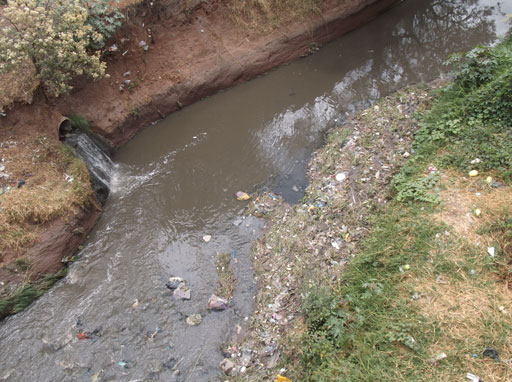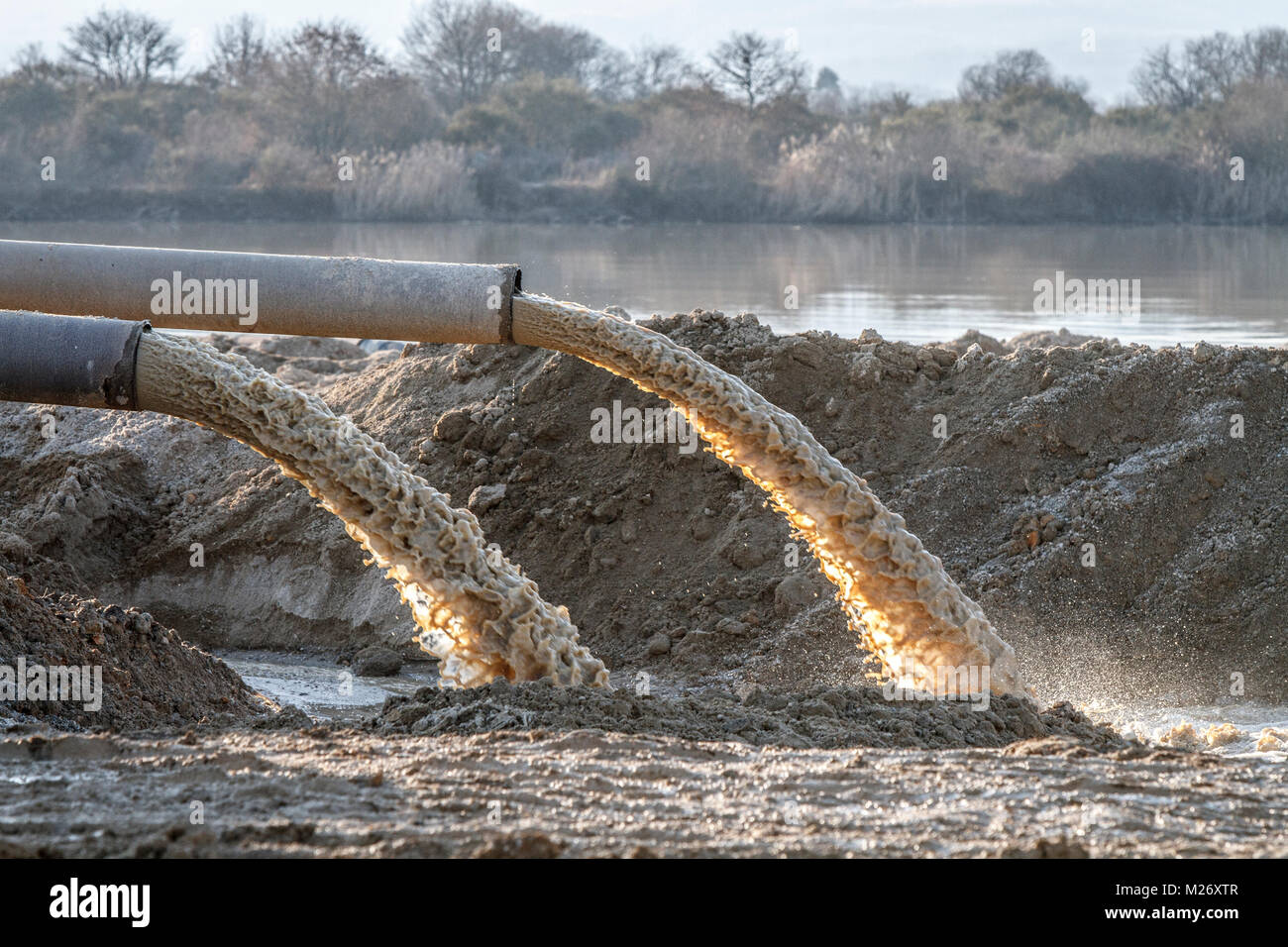Safe and Sustainable Liquid Waste Disposal: Your Go-To Service Provider
Safe and Sustainable Liquid Waste Disposal: Your Go-To Service Provider
Blog Article
How Fluid Waste Disposal Works: A Thorough Review of Methods and Technologies Employed

Summary of Liquid Waste Types
The complexity of fluid waste kinds necessitates an extensive understanding of their qualities and effects for disposal. Fluid waste can extensively be classified into a number of types, consisting of industrial, metropolitan, farming, and contaminated materials. Each group displays unique buildings, needing specific administration techniques to alleviate ecological and health threats.
Industrial fluid waste stems from producing processes and frequently includes a variety of impurities, such as hefty steels, solvents, and organic compounds. Community liquid waste, largely making up wastewater from households and industrial facilities, contains raw material, nutrients, and virus (industrial wastewater treatment). Agricultural fluid waste, consisting of overflow from farms, may include fertilizers, chemicals, and pet waste, positioning dangers to water top quality and environments
Hazardous fluid waste is characterized by its poisoning, reactivity, or possible to cause harm. This classification consists of materials like acids, bases, and specific chemicals that necessitate rigid handling and disposal procedures. Comprehending these varied liquid waste kinds is vital for creating reliable disposal methods and guaranteeing compliance with environmental policies. Proper category and characterization are essential for applying proper therapy techniques and lessening the adverse effects on public health and the setting.
Physical Therapy Methods

Testing is the preliminary action, where larger fragments and particles are removed from the liquid waste utilizing displays or grates. In sedimentation containers, heavier particles resolve at the bottom, forming a sludge layer, while the clarified liquid can be further treated.
Filtering is one more essential approach that involves passing the liquid with permeable materials, such as sand or membranes, to capture smaller bits. This action boosts the top quality of the fluid, making it suitable for subsequent treatment processes.

Chemical Therapy Methods
Chemical treatment strategies are important for properly taking care of fluid waste, particularly in attending to dissolved and colloidal contaminants that physical approaches may not sufficiently get rid of. These techniques make use of numerous chemical agents to reduce the effects of, precipitate, or change harmful compounds right into much less damaging forms.
One common approach is coagulation and flocculation, where chemicals such as alum or ferric chloride are included in advertise the aggregation of put on hold particles. This procedure enhances sedimentation, permitting for simpler elimination of the resulting sludge. Furthermore, oxidation procedures, using representatives like chlorine or ozone, are utilized to damage down complex organic compounds and virus, rendering the waste more secure for discharge or more treatment.
Neutralization is an additional essential strategy, which changes the pH of acidic or alkaline waste streams to neutral degrees, protecting against prospective harm to downstream systems and the atmosphere. Moreover, progressed oxidation processes (AOPs) make use of mixes of oxidants and ultraviolet light to deteriorate persistent toxins, achieving a higher level of treatment efficiency.
Organic Treatment Processes
Organic therapy procedures play an essential function in the monitoring of liquid waste by making use of microbes to decay raw material and reduce impurity official statement levels. These processes can be broadly categorized right into cardio and anaerobic therapies, each using particular microbial areas to achieve reliable waste deterioration.
Cardiovascular therapy entails the usage of oxygen to assist in the malfunction of organic products by germs. This procedure is frequently carried out in activated sludge systems, where aeration storage tanks give a helpful environment for microbial development, resulting in the oxidation of natural toxins. The resultant biomass can be divided from treated effluent with sedimentation.
On the other hand, anaerobic therapy happens in the absence of oxygen, depending on different germs to damage down natural matter. This technique is particularly useful for high-strength waste, as it creates biogas, a renewable resource resource, while decreasing sludge production. Technologies such as anaerobic digesters are frequently used in commercial and metropolitan applications.
Both aerobic and anaerobic organic therapies not only lessen the ecological influence of liquid waste yet also promote source healing, making them vital parts of sustainable waste management strategies. Their performance, effectiveness, and adaptability sustain their prevalent execution throughout different fields.
Arising Technologies in Disposal
Innovative strategies to liquid waste disposal are quickly evolving, driven by improvements in technology and an enhancing focus on sustainability. Visit Your URL Amongst these emerging modern technologies, membrane bioreactors (MBRs) have actually acquired grip for their ability to incorporate organic therapy with membrane filtering, resulting in premium effluent that can be reused in numerous applications. MBRs make it possible for smaller sized footprints and extra reliable procedures contrasted to typical systems.
An additional encouraging growth is the usage of anaerobic digestion incorporated with nutrient healing innovations, which not just deals with liquid waste yet also creates biogas and recoups useful nutrients like nitrogen and phosphorus. This double advantage boosts source effectiveness and decreases environmental impact.
Additionally, progressed oxidation procedures (AOPs) are being adopted for the deterioration of complex organic pollutants. These techniques make use of effective oxidants and catalysts to break down impurities at the molecular degree, supplying a highly reliable solution for challenging waste streams.
Additionally, the assimilation of fabricated knowledge and artificial intelligence in waste management systems is maximizing functional efficiency and anticipating upkeep, causing lowered expenses and boosted ecological compliance. These modern technologies reflect a substantial change towards more efficient and lasting fluid waste disposal methods.
Final Thought
In final thought, efficient fluid waste disposal demands an extensive understanding of various strategies site web and modern technologies. By continuously advancing these methods, it becomes possible to deal with the growing difficulties associated with fluid waste, ultimately contributing to environmental security and resource recuperation.
Fluid waste disposal is a crucial facet of environmental administration, requiring a comprehensive understanding of various techniques and innovations tailored to various waste kinds. Fluid waste can generally be classified right into a number of types, consisting of industrial, metropolitan, agricultural, and unsafe waste. Agricultural fluid waste, including overflow from farms, may have plant foods, pesticides, and pet waste, presenting threats to water top quality and ecological communities.
Numerous physical therapy techniques play a critical function in managing fluid waste effectively - industrial wastewater treatment.In verdict, reliable fluid waste disposal demands an extensive understanding of different techniques and technologies
Report this page